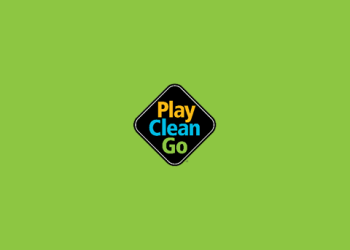Exotic and Invasive Species
There are 24 known noxious weeds and several invasive aquatic organisms in or near the Bridger-Teton National Forest. Noxious weeds can displace native plant species that provide habitat for wildlife and food for people and livestock.
Here's how you can help reduce the spread
- You must use certified noxious weed-free feed in the national forest.
- Don't camp or drive in weed infested areas where your vehicle or gear may pick up seeds.
- Keep vehicles, pets, stock, and clothing free of weed seeds and other plant parts.
- To prevent whirling disease and mud snails from spreading, wash all equipment prior to entering new waters.
Aquatic Invasive Species (AIS)
When zebra and/or quagga mussels invade our local waters, they damage boats, destroy fish habitat, and clog public water infrastructure.
Once a boat has been in infested waters, it can carry invasive mussels. Zebra and quagga mussels attach to boats and aquatic plants carried by boats. These mussels also commonly attach to bait buckets and other aquatic equipment. You can help stop these aquatic hitchhikers by following these steps:
- Clean mud, plants, animals, or other debris from your boat and equipment.
- Drain the ballast tanks, bilge, livewells, and motor.
- Dry (7 days summer; 18 days spring/fall; and 30 days winter) or freeze (3 days)
If you cannot perform these steps, you should have your boat professionally cleaned with high-pressure, scalding (140 degree F) water.
Play Clean Go

Keep the adventure, stop invasive species in your tracks.
Clean, Drain, Dry to Prevent AIS

Watercraft inspections are crucial as the first line of defense against aquatic invasive species (AIS) entering Wyoming’s waters.


